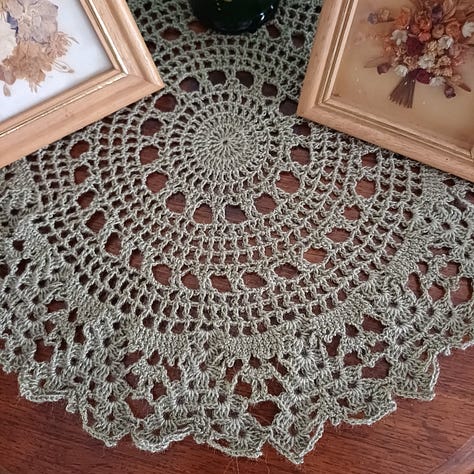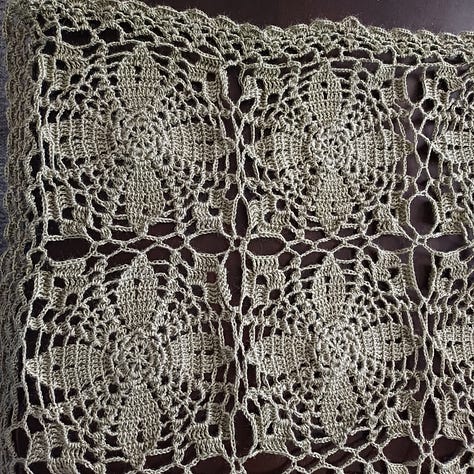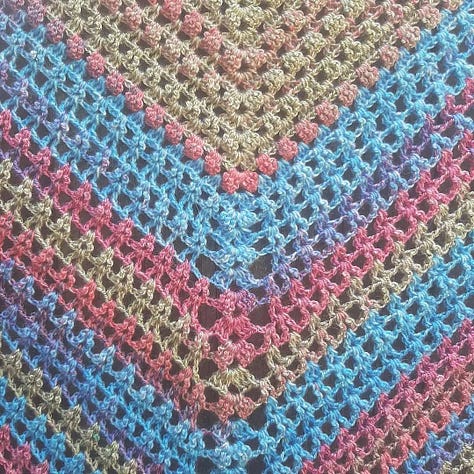Hello again Fellow Adventurer,
It’s been a very busy few weeks between work, helping to plan the SASMARS Conference (which is a month away!), and trying to work on my own writing as well when my brain had capacity.
When scientific research news kinda lets you down
The other morning the BBC news podcast reported on a new study published in a journal1. Given, I was busy getting ready for work, so I didn’t attend to the report with rapt attention, thinking that I’d read up on it later. Now, in the few hours between the podcast and reading the article, I’d imagined the new artificial robot skin stuff to be used for ‘silly’ things like being used on artificial limbs – What if the ‘skin’ could carry sensors and make it work better! What if very fine motor skills can be restored!2 I did wonder how the artificial skin’s cells were being kept alive, but I figured we’d get to that.
When I did, however, look up the BBC article, I was greeted by a horrendous pink “face” grinning at me. It was as if some demented scientist had brought a Baker’s Jolly Jammer biscuit to life. Honestly, I would have preferred something like “The Almost People” from Doctor Who. But, no, no such luck.
Yeah, the “convincingly realistic, moving humanoids with self-healing skin that will not easily rip or tear” is extremely creepy, I still want to know how the cells are kept alive (and is it human cells?3 Those of the scientists?4), and so on, but then I reached the end of the article.
*Insert drum roll here.*
“But the work may also be useful in research into skin ageing, cosmetics and surgical procedures, including plastic surgery.”
Really? Anti-ageing? Cosmetics?5 We either get weird humanoid robots with self-healing skin or better cosmetics? A simplification, I know, but I can’t help but feel like I’ve just witnessed some Idiocracy-type stuff going on.
That said, I see that the paper the article references is in an open access journal. However, I honestly don’t have the time to read it now and don’t have the energy to see the pink-face-monstrosity again. It’s back to papers about kennings and kenning-related stuff for me!6
The internet does make getting your hands on research easier
While I still prefer books made from paper, I do read ebooks as well, and the internet and its vast scholarly archives have made doing research much, much easier. Take, for instance, my current paper on kennings.
While I’m sitting here in South Africa – a world away from Scandinavia – I can look at digitised manuscripts, read papers and journals, and find various versions of the texts I’m working with.7
And I think that, when I start to feel like the internet only exists out of hateful social media comments – I made the mistake of reading comments on the dumpster fire that is Twitter8 this week – I need to remind myself that there are also other places on the internet that are actually helpful instead of trying to be harmful or simply get as much attention as possible.
Some great sources of academic research include JSTOR (with a personal account you can read up to 100 articles per month online for free, so you don’t have to have access through an institution) and Academia; where scholars from all over the world share papers, research, books, and more. It also has an option of contacting the scholars. For my research at the moment I’m also using the Skaldic Project website, Heimskringla.no, and the VSNR’s website, which contains many of their publications in PDF format.
But, I haven’t only been reading things, I’ve also continued crocheting in the evenings.
Things that I’ve been making out of thread instead of words
I’ve been mostly working with thread, but really take it night by night to decide what I want to work with. Crochet while watching TV is easier for me, however, as I don’t really look up while knitting and so can’t follow subtitles when I need to.
These are from Japanese patterns, the coffee table being one that you can adapt to the size that you need by increasing or decreasing the number of blocks.



PieceWork Magazine published a wonderful article about doilies, “The Push-Pull of Doilies: Revered, Reviled, and Reconceived”. I think I’ve always liked doilies. It may be because I grew up with a grandmother who made them and used them throughout the house, but the lace-like quality and the intricacy of the patterns also intrigue me. Although many of the “mandalas”9 that have become fashionable are created using yarn, I still prefer using thread10 because it gives more definition to the pattern.
I did make a shawl from crochet thread once. Called The Mermaid Tail Shawl, I started it because I fell in love with the thread when I saw it and thought it would look awesome. Little did I realise that it would take 3,000m (3,281 yards) thread in the end!






Until next time, stay well!
Carin
I’ve not read it, but I’ll come to why later.
I should also, at this point note that I know very little about the current tech at the forefront of artificial limbs. My brain was simply running away with me while on the bus.
Turns out there’s a company called PromoCell, who knew?
And there I go spiralling into a scifi horror (perhaps even Frankenstein-ish?) story…
Yes, I know it says “skin ageing”, but come on. “Skin ageing” and “cosmetics”? Sounds like anti-ageing to me.
Is it a month before the conference? Indeed. Is my paper finished? Nope.
Not to mention how much easier it is to help plan the conference!
Do people actually refer to it as “X” in informal conversation?
They’re basically doilies, but from what I can gather, it’s cooler to say “I’m making a mandala” than “I’m making a doily”.
I usually use number 5 thread as it’s the one that’s most easily obtainable in my neck of the woods and I find the 2mm hooks comfortable to work with.








